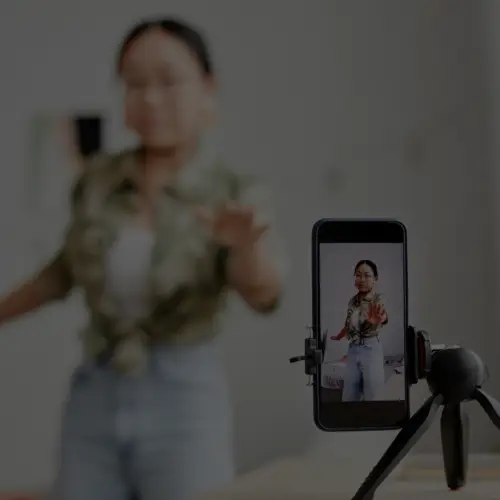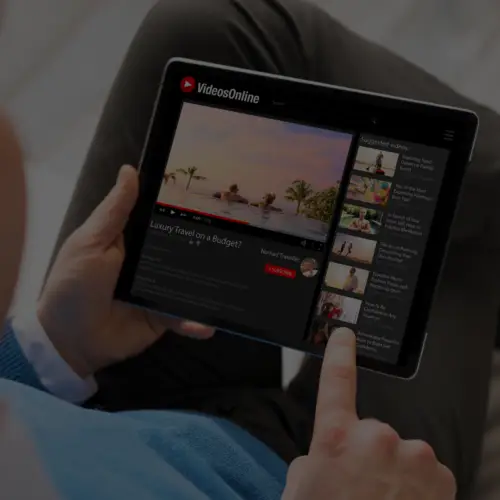11 Apr Can Crowdfunding Help People Own Their Neighborhoods?
In the past half-decade or so, crowdfunding has become a popular way of socially raising funds for just about everything – from small arts and crafts projects to big-budget movies.
While I was at SXSW, I learned about a crowdfunding company called Fundrise. As opposed to sites like Kickstarter and Indiegogo, Fundrise is based on crowdfunding real estate ventures and allows investors to own a piece of the businesses they support. The following is an interview with co-founder Ben Miller.

Where did the idea for Fundrise come from?
My brother and I were talking to institutional investors about developing a property on H Street NE in DC and found that our traditional capital partners didn’t understand what we wanted to do in the area or why. They didn’t understand the dynamics of the neighborhood and its growth, as compared to traditional core downtown markets. At the same time, when we mentioned the property to family and friends who lived in the area, they immediately understood. People in the communities where we were building would get very excited about what we were doing. They understood why we were investing there. They cared intimately about the places we were changing. They wanted to participate in building their city too.
We realized that the private equity funds we typically looked to raise money from had no natural connection to the neighborhood buildings we were developing and decided to build Fundrise to democratize the process of investing in commercial real estate.
How have the backgrounds and experiences of your team helped Fundrise become what it is?
Our team is made up of a mix of people from the real estate, finance, tech and securities worlds. We’re constantly bouncing ideas off of each other, which I think results in a more sophisticated product.
At the end of the day, what we’re trying to do lies right at the intersection of tech, real estate, and finance – so we need people with backgrounds in those areas. The combined expertise of everyone at Fundrise has certainly made the company what it is today.
What part does social media play in achieving your objectives?
A big one. We’ve seen a lot of support and people taking to social media to talk about our mission and spread the word.
Our model is aimed at bringing people and communities into the investment and development process, and making these processes transparent. To that extent, we made our platform social to give users opportunities to share activity and connect with other investors and developers through investor networks.
How do you go about selecting a site in which to invest?
Fundrise also serves as a platform for other real estate developers to raise investment, which allows us to make more offerings, and a wider variety of offerings, available to investors.
We believe that quality is more important than quantity, so every month we sift through hundreds of submissions from interested developers and select the best opportunities.
We ask ourselves questions like:
-
Does the company or individual have a proven track record of success?
-
Do they have clear experience executing on similar projects?
-
Does the potential return accurately and fairly offset the risk? (We look for returns between 8-12%)
-
Is the project sufficiently capitalized? Or is it over-leveraged?
-
Is the project a good fit for the market? How will it impact the community?
What successes have you seen so far?
In under two years, we’ve had over 1,000 investors put more than $10 million into 23 different deals.
More than half of our 16,000+ members are unaccredited investors, which is unheard of. These investors have never been able to invest in commercial real estate before, and now they can.
What have been the biggest challenges you’ve faced so far?
We’ve had to work really hard to qualify offerings with the SEC and register them with securities regulators in individual states. It typically takes us more than six months to complete the filing process for a Regulation A offering. We spent over $50,000 on legal fees while completing our most recent public offering and had to enlist the help of eight different attorneys along the way.
It’s not a particularly time- or cost-effective process, but we do it because we believe that everyone should be able to invest in real estate – regardless of whether they’re an accredited investor or not.
What’s your plan for expanding to other cities?
We’re already on the ground in places like San Francisco, Los Angeles, New York, Austin, DC and Chicago. We’re actively looking to expand to more cities as soon as possible, and have received requests from cities across the U.S. and from overseas.
How can people request to have Fundrise come to their city?
Sign up for our platform! Because of the regulatory environment, we’re only able to open offerings to investors in states where we get state approval. Because of that, we’re looking for deals in the places where our users are. And feel free to send questions and ideas to us at contact@fundrise.com.
“Crowdowning”
What I really like about Fundrise as opposed to sites like Indiegogo and Kickstarter is that the investors truly own a piece of their investment. Ask Oculus backers if they would like a piece of that $2 billion from Facebook. And it’s especially appealing for people like me who want to crawl into a corner and cry when they think about investing in real estate.






